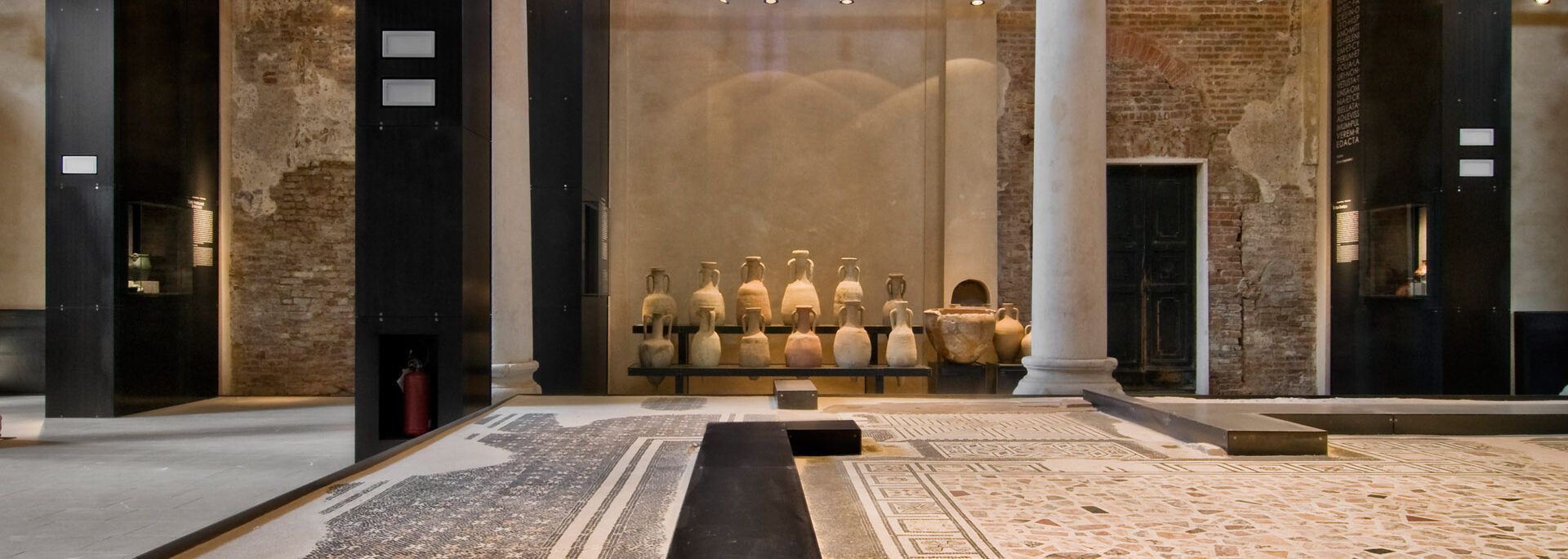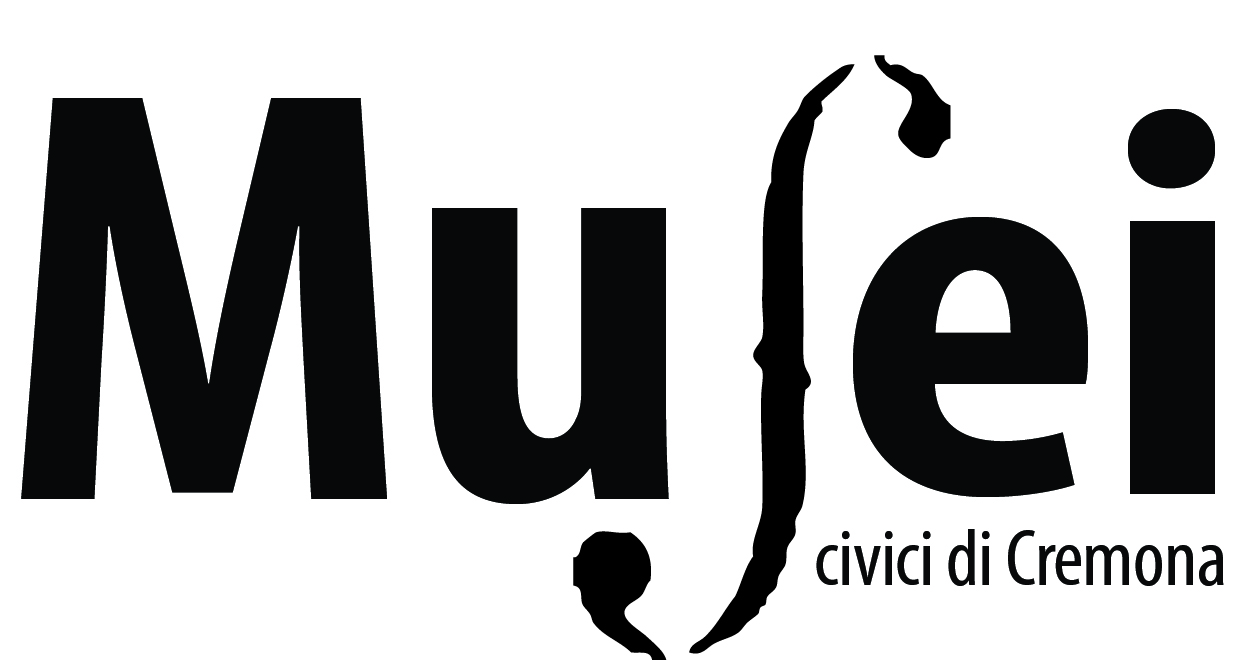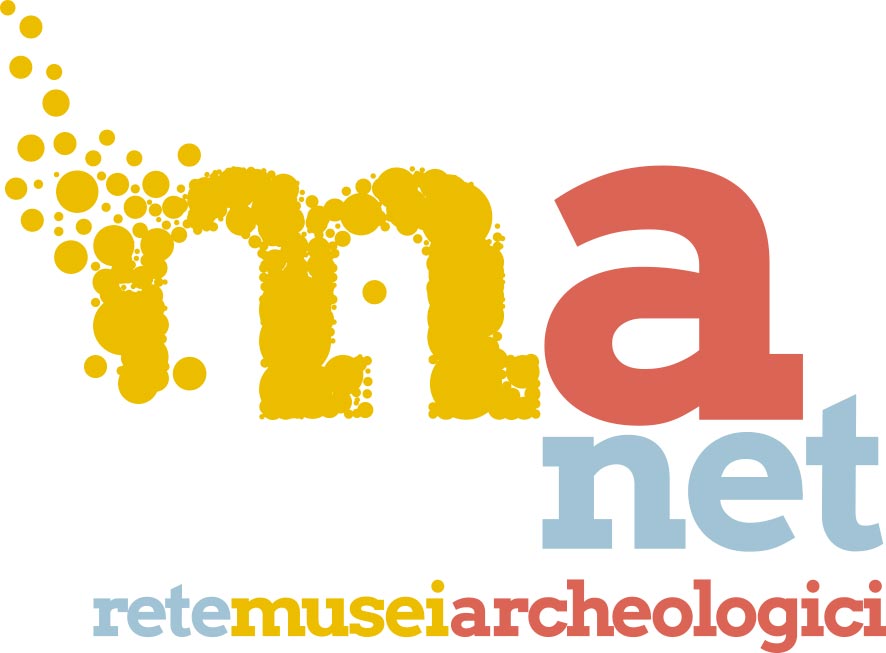The Archaeological Museum of San Lorenzo

This Museum has been developed from the old archaeological section of the town Civic Museum itself: it was designed in 2009 to be set in the old deconsecrated church of San Lorenzo, an authentic testimony of the city history. In its three parts, the Museum keeps artworks that tell about the common places of the ancient Romans, who founded the city in 218 b.C.. The first one is related to public spaces, with the finds of a building recognizable as a theatre or a temple; secondly we have the private areas, with mosaics floor and the painted walls coming from the domus of the Labyrinth, from the Nympheum and from the recent finds of Colletta Street. Finally the necropolis, with all the dowry objects and the slab of the funeral monument with the portrays of the Arruntii family.
The Museum takes the visitor with intellective disability to discover what archaeology is in just two rooms, thus facilitating concentration, through the artworks exhibited and the still visible finds.
Lighting is artificial: there are no windows and the area is dark with spotlights on the artworks. The person with intellective disability can easily focus on them and on the artistic inputs.
The trail shows how cities were organized and decorated, among private aristocratic houses and public spaces, through common objects and the artworks that decorated Cremona.
The visit is enriched with sensory experiences that offer new suggestions, like the smell of the blaze that struck the city in the past and the tactile labyrinth, and the 3D video to virtually experience the rooms of a domus, an ancient Roman house.
There are no risks of overcrowding and background noises.
Finally, to facilitate the visit, at the end of each descriptive page of the guidebook Museo per tutti there are some activities proposed to reinforce the experience.




Contact the museum before your visit
Museo Archeologico San Lorenzo – Cremona
Via S. Lorenzo, 4, 26100 Cremona CR, Italia
on Fridays: 4 p.m. - 10 p.m.
on Saturdays and Sundays: 11 a.m. - 6 p.m.
Contact the Museum for openings on festivities.
 Tour guides
Tour guides
 Accessible toilets
Accessible toilets






